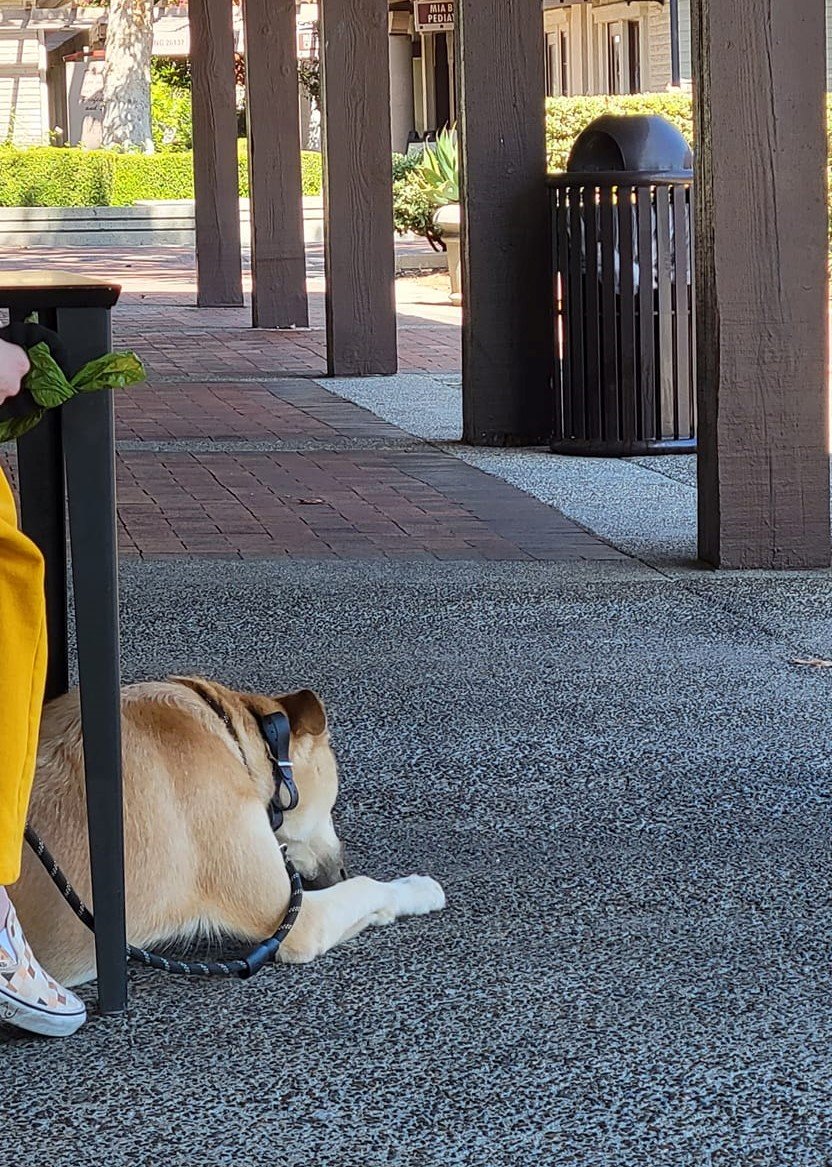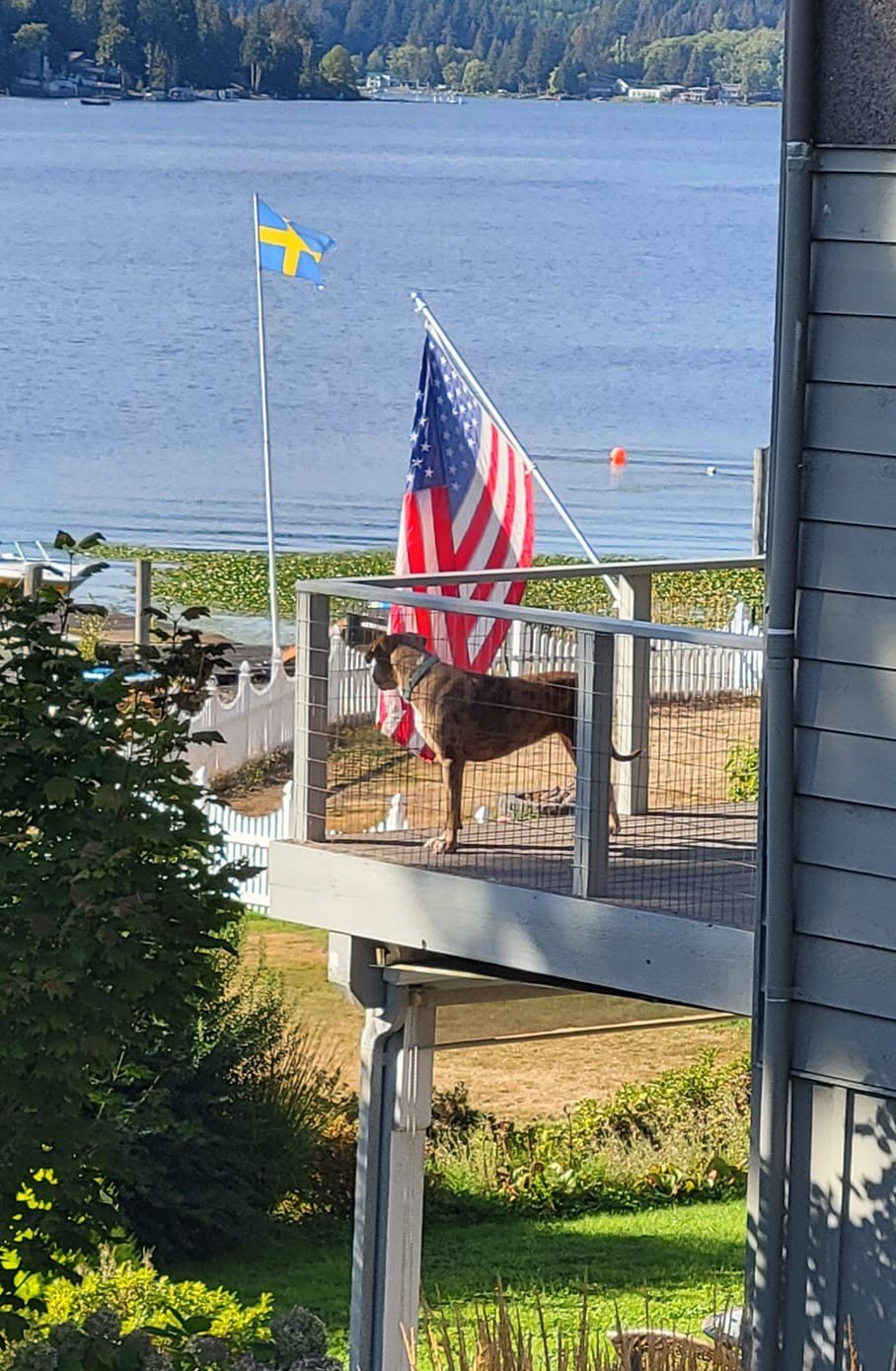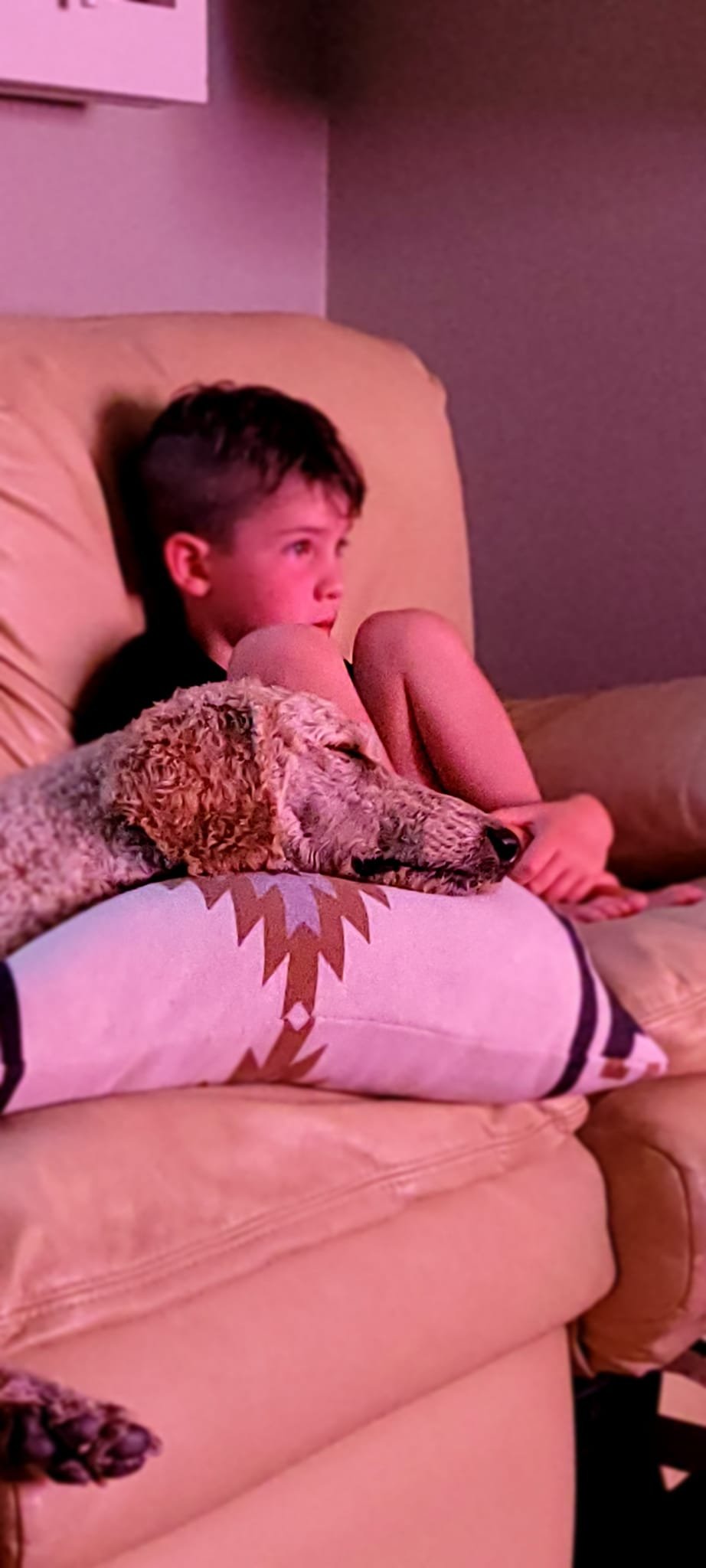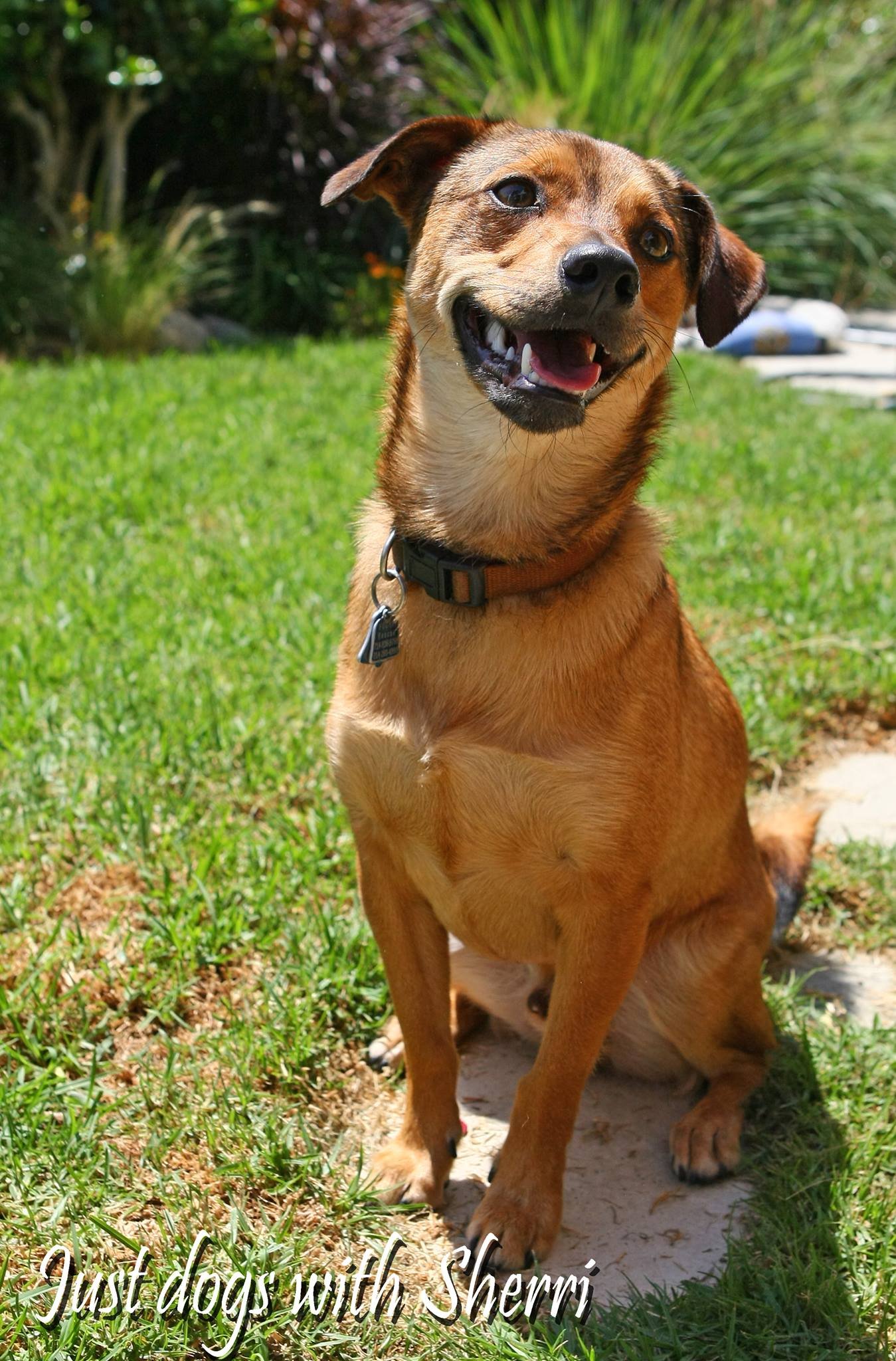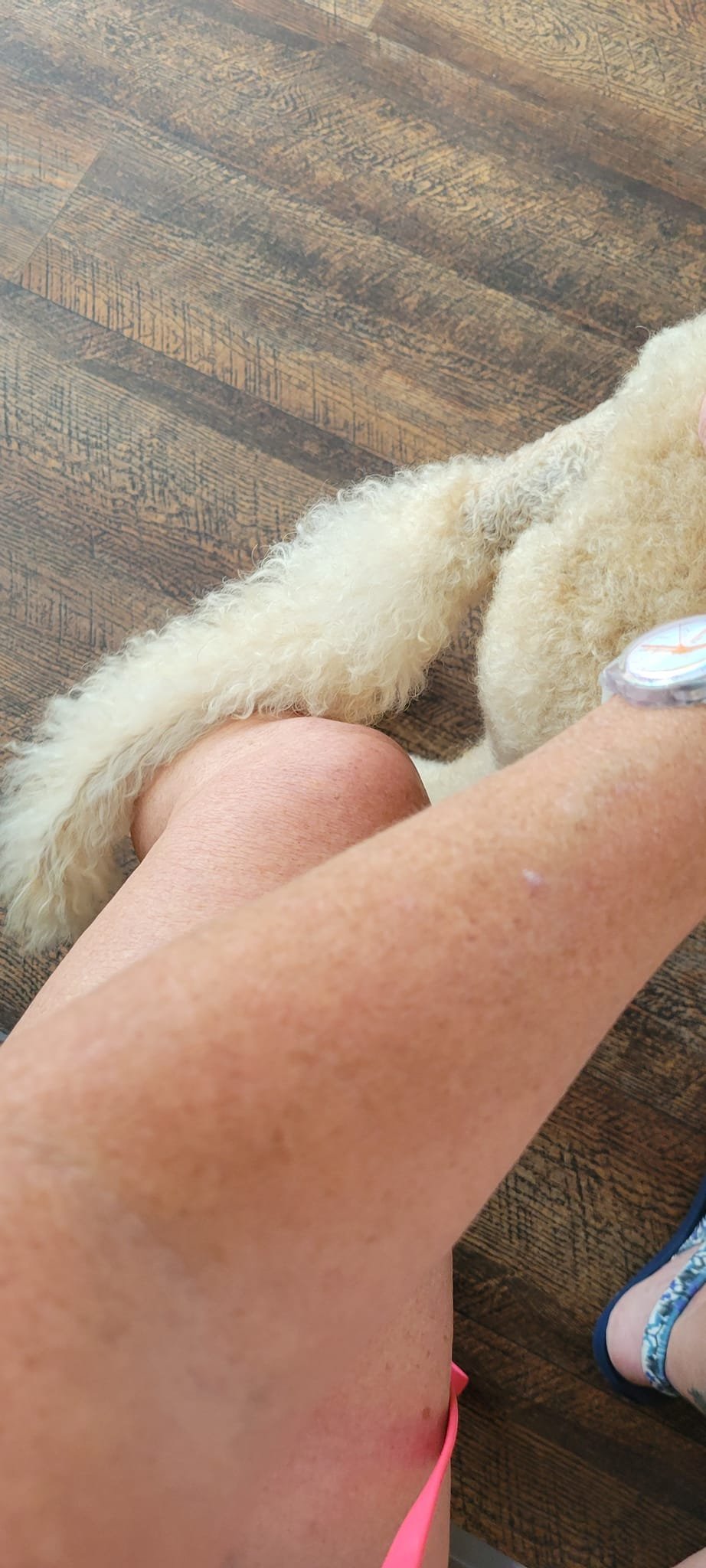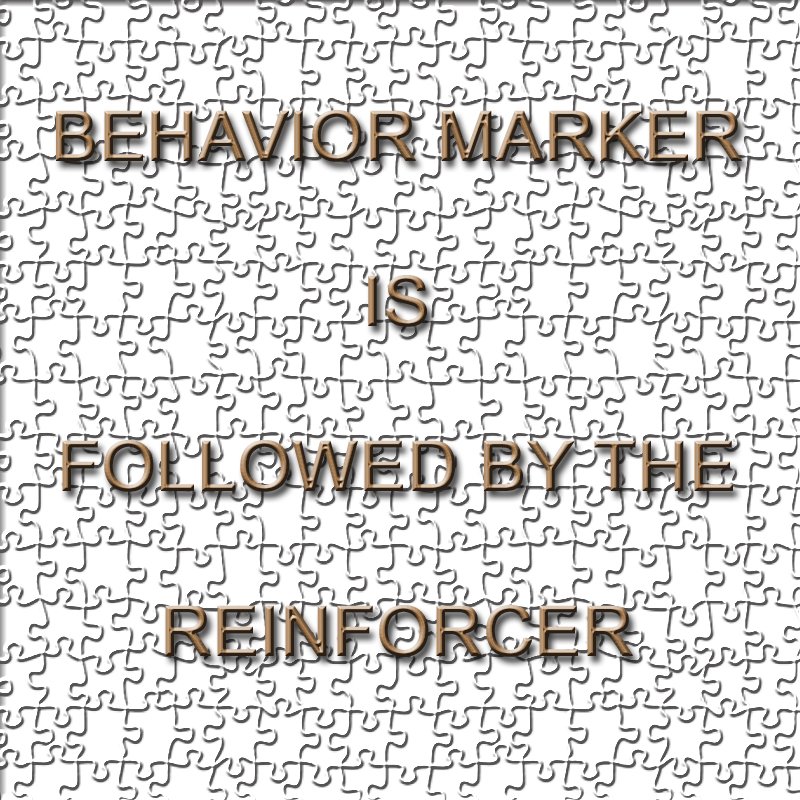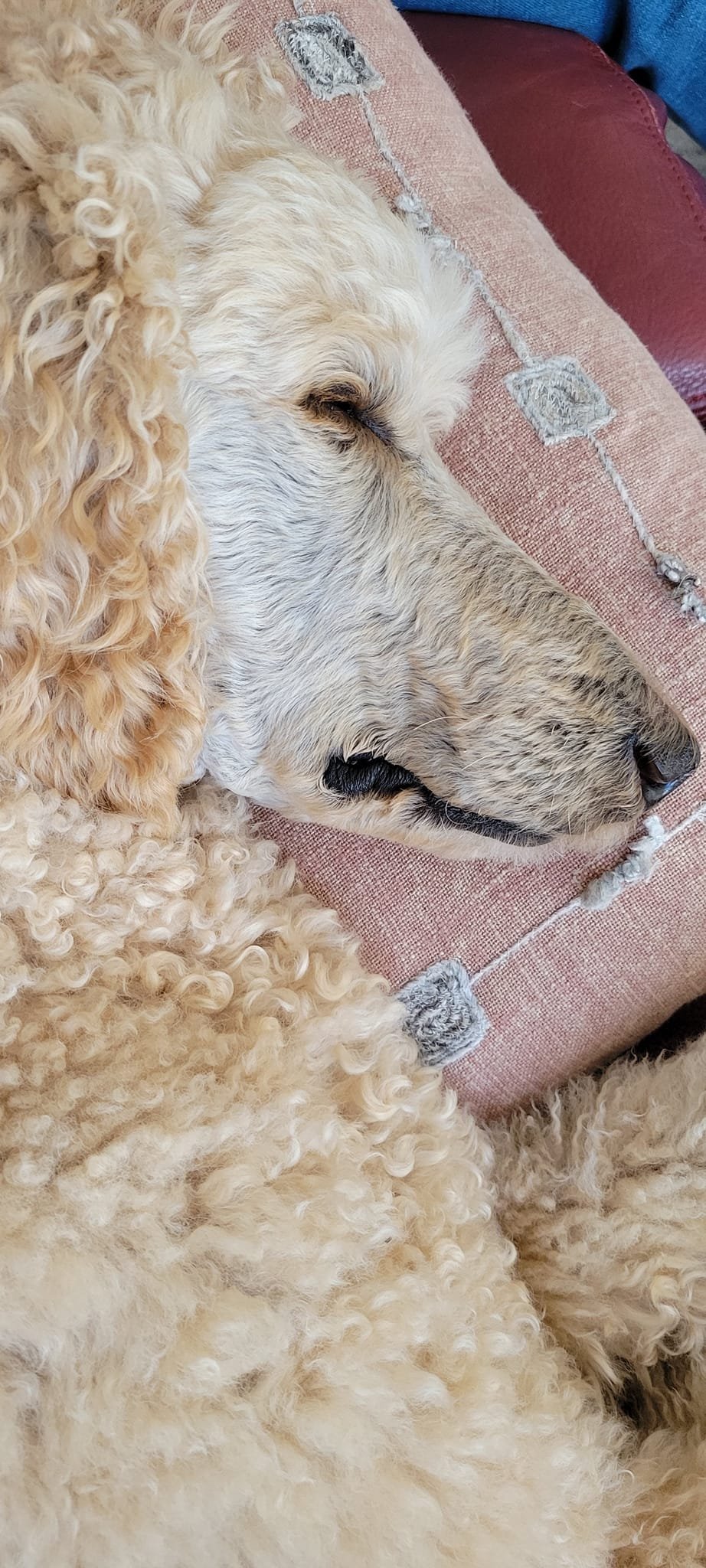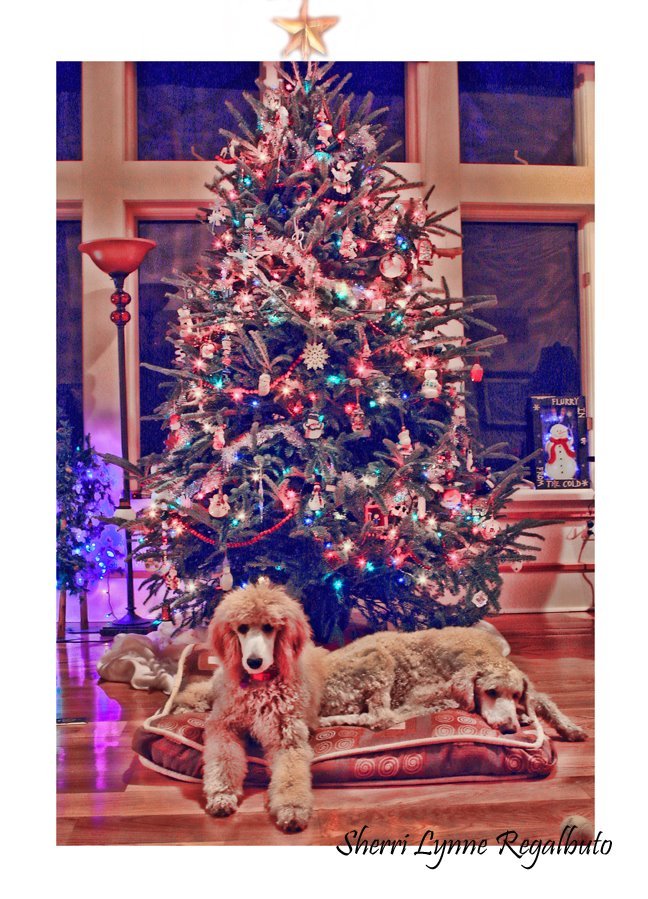Expectations - the degree of probability that something will occur.
Let’s be honest, we expect a lot from our dogs don’t we? I’m really feeling like there needs to be a worldwide shift on how we think about dogs. This is not just about the worst of the worst but even the average Joe on an average day with their dogs, need a shift.
My husband and I were heading to a coffee shop to enjoy….yes, some pumpkin spice. ;) I noticed the above dog tucked nicely under the table as I walked by. I averted my gaze and focused on where I was going. I did not stop to talk, reach out or stare at the dog. As I passed by I heard the girl tell the dog “good boy,” and I smiled. “Good job” I thought to myself.
We got our pumpkiny drinks and sat at the table next to this young lady and her dog. The entry/exit door was between us so we were about 13 feet away. Far enough away not to interfere in this dog’s training. You know I can’t just sit there and not watch the dog; and I could tell he was somewhat fearful and anxious. When two very young girls pulled up right next to them on their e-bike and walked literally 6” from his face, he kept it together but I could see the worry in him.
The young girl and her dog seemed to be accompanied by maybe her Mom. The older woman got up and made her way to the garbage can and then to their car. This is where it went wrong. As the “Mom” walked away the dog wanted to go along. The girl told the dog to “come” which he did not and had no intention of doing. He was straining at his leash. The girl was now angry at the dog; perhaps her behavior was driven by her lack of confidence in a public location.
As she stood up and prepared to leave, she was clearly in a state of anger. She said to her dog “we just have to get to the car,” “all we have to do is get to the car;” “do you think you can do that?” Her tone was angry; so of course my interest was peaked now, what did this mean? Knowing that he was now going to go to the car he hunkered down and began to pull. In turn she yanked him back on his slip lead and yelled “heel.” She had her coffee in one hand, the leash in the other as she tried to slow his low gear hauling action, to no avail.
Clearly the dog had no idea what “heel” meant as she continued to yank at his poor neck. The dog had one goal and that was to get to the car where “Mom” had gone. The girl grew extremely angry and finally bailed on the “heel” idea and let out a huge sigh. I could see the sense of failure and dislike for her dog in that very moment.
It was a sad realization moment for me. The connection had a big breakdown because of too high expectations. In fact the expectations were impossible for the dog. So instead of a happy and proud moment which could have been obtained with preparation for the dog; it was anger, resentment, embarrassment and failure.
I wanted so badly to help her by teaching her how to teach her dog. To enlighten her with a sense of lowering her expectations for her dog. He was clearly not prepared for what unfolded; he had not be prepped, trained or prepared in anyway which had set him up for failure.
He didn’t fail, his humans failed him.
Sadly the human/k9 world is brimming with over expectations of the k9 species. We yell out verbal commands and expect them to not only understand but comply. All this without ever teaching them what any of these words mean. Dogs are dogs and act like dogs; they communicate and understand as dogs. It is our (humans) job to teach them what we feel they may need to know.
“Heel, Come and Stay” are probably the ones I hear the most. People belting out these commands and expecting their dog to comply. If you have never taught your dog what these mean; trained them with no distraction until they clearly understand. Then move to slight distractions, more distractions and then real life situations; then you are failing to set your dog up for success.
How can they understand something that is clearly human and not dog at all? Teaching dogs new behaviors is very easy IF YOU KNOW HOW. But to know how YOU must learn how yourself. Probably one of the most phrases that new clients say to me is “I had no idea.”
I just found out the other day that Avocados will not ripen on a tree. They must be picked to ripen.
I truly never knew this and would have continued to not know it if I hadn’t done some research. We have an avocado tree with many avocados on it. When they weren’t ripening I looked into it. This is the identical situation as not learning how to communicate with our dogs. There is a lot to know about dogs. But to learn about them you have to research or find someone to teach you.
K9 guardian - My dog will not heel.
Me - Did you teach them what heel means and how to do it?

